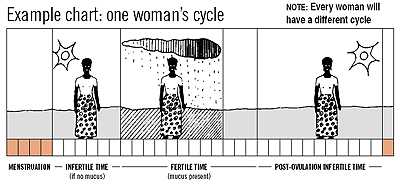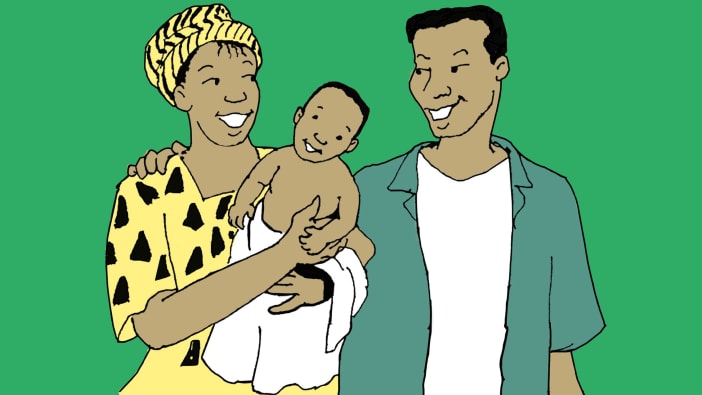Issue 27 on population prompted several responses, especially from people who felt Footsteps had not given enough encouragement to natural family spacing methods. From a medical point of view these methods have a higher chance of pregnancy and involve great commitment on the part of both husband and wife. However, with proper training and commitment they can prove satisfactory in many situations, especially for spacing births. Here is a useful and practical contribution from Evelyne Maire.
I am particularly interested in the topic of family spacing and would like to make some observations about Issue 27 which tackles these issues. Though you mention natural methods of spacing births, you say little about them and mention them as unreliable.
Many associations in developing countries are working effectively to promote these methods which have proved well accepted by thousands of couples. One of the advantages of natural methods is that helping women to understand what is happening in their bodies gives them more confidence in themselves. It allows parents either to choose the timing of a baby or to delay the arrival of a wanted child. Couples become more responsible and independent in managing their fertility.
Life, fertility and maternity are some of the highest values in the African traditional world view.
‘I will praise you for I am fearfully and wonderfully made.’ PSALM 139:14
By valuing these aspects and using their knowledge of natural body processes, this can link scientific knowledge with African traditional knowledge. By training couples to talk together about these issues, to respect each other and to be in control of themselves, we encourage them to understand their bodies. These are steps which help couples to respect and wonder at God’s creation and one of his greatest gifts – the gift of life.
This method has shown itself to be reliable when correctly taught to many couples and practised with care. Full understanding of a woman’s fertility requires careful training. In this article we can only give an idea of what is involved. We do recommend that readers request full training before using this method.
A time for everything
If we observe nature we see that there is a time to sow the fields. It would not usually be during the dry season. For a woman, there is also a time during her cycle to give life. This could be compared to the rainy season. A woman who is aware of what happens in her body, will notice different signs. There will be times when she feels ‘dry’ (at the vulva) and times when she feels ‘wet’ with secretions coming from the vulva. This is her fertile period when she can give life. The cycle of a woman alternates fertile and infertile times, each with specific signs that can be observed. (BE CAREFUL: this method is not a matter of using calculations but of day to- day observations.)
A normal cycle…








